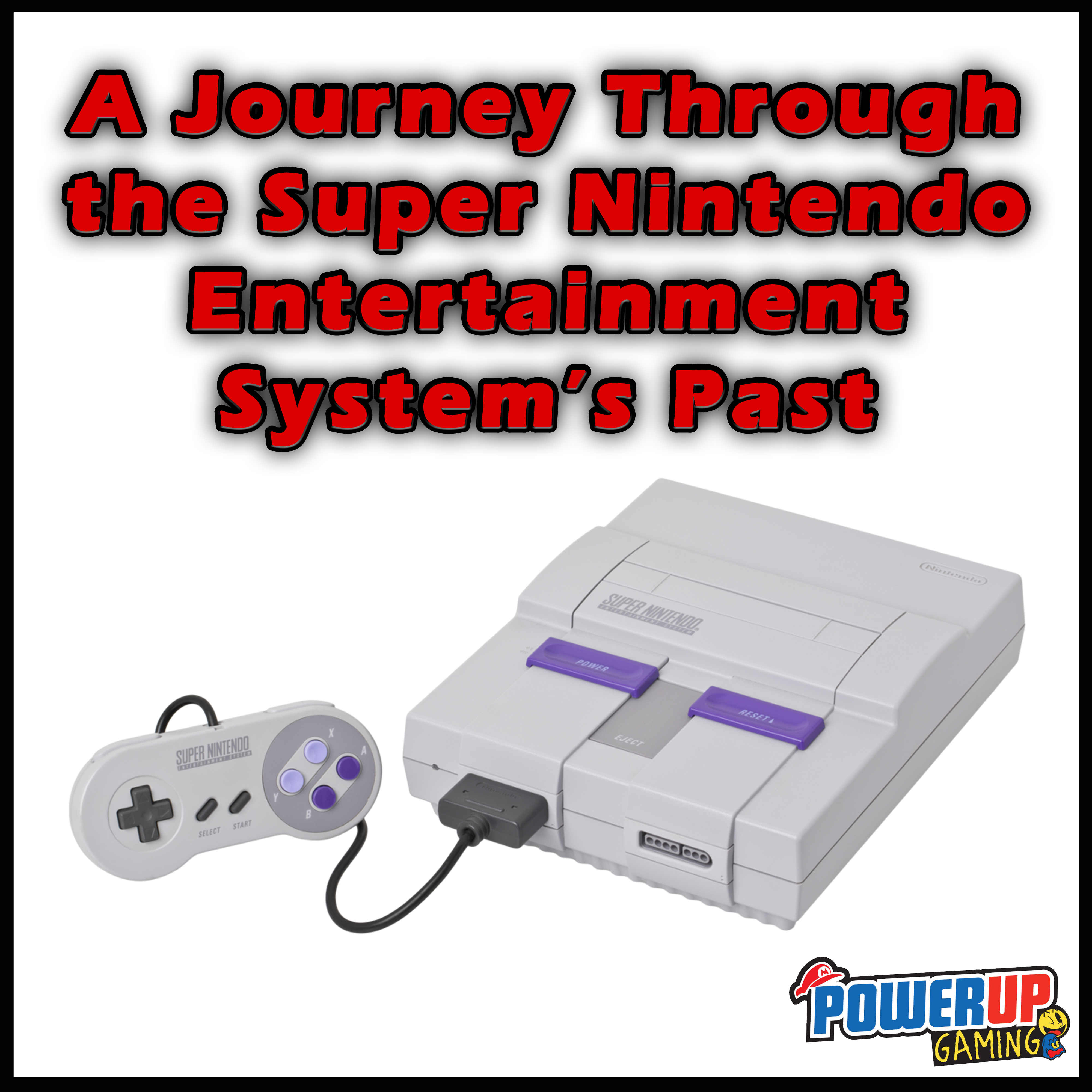As avid gaming enthusiasts, it's time to take a joyful and nostalgic journey back into the halcyon days of the gaming world. Today, we'll delve into the history of one of the world's most iconic gaming consoles, the Super Nintendo Entertainment System (SNES). Released in North America in August 1991, the SNES forever shaped the gaming industry and defined a generation of gamers with its influential hardware, ground-breaking graphics, and legendary game library. So, grab your controller and buckle up as we explore this era of gaming's rich history.
Level 1: Setting the Stage - Pre-SNES Era
The story of the SNES cannot be fully understood without a glimpse into the pre-SNES era. The 1980s was an era dominated by Nintendo's original creation, the Nintendo Entertainment System (NES). The NES breathed new life into the gaming market, resuscitating an industry still reeling from the video game crash of 1983. With the NES bringing in tremendous success, Nintendo sought to build on its achievements, envisioning a console that could push gaming boundaries further. Enter the Super Nintendo Entertainment System.
 SNES - Super Mario All-Stars (Cartridge Only)
SNES - Super Mario All-Stars (Cartridge Only)
Level 2: Unveiling the Power - SNES Arrival
The Super Nintendo Entertainment System (SNES) was launched in North America on August 23, 1991, following its original release in Japan (where it was known as the Super Famicom) in November 1990. The console was a significant upgrade from its predecessor, boasting 16-bit graphics and advanced sound capabilities that took gamers' experiences to a whole new level.
Priced at $199 at launch, the SNES came bundled with one of its iconic titles, "Super Mario World," providing gamers an immediate glimpse into the enhanced capabilities of the console. From the whimsical landscapes of Dinosaur Land to the enhanced character animation and complexity, players were treated to a sensory delight that was testament to the console's technical prowess.
Level 3: The Console Wars - SNES Vs. Genesis
Though the SNES was an impressive console, it was not without competition. Sega's Genesis (known as the Mega Drive outside of North America), which launched two years earlier, presented a significant challenge. The two titans clashed in what was famously known as the "Console Wars" of the early 1990s.
Genesis initially took the lead with their aggressive "Genesis does what Nintendon't" campaign and a mature game library. Nintendo responded, focusing on the SNES's superior graphics, sound capabilities, and their diverse game selection. From the family-friendly fun of "The Legend of Zelda: A Link to the Past" to the challenging adrenaline rush of "F-Zero," the SNES catered to an extensive range of tastes and interests.
Though the "Console Wars" were fiercely fought, by the mid-90s, the SNES eventually pulled ahead. A significant reason for this was the release of "Donkey Kong Country" in 1994. This title showcased the SNES's graphical capabilities to the full extent, producing a visual spectacle that rivalled the upcoming 32-bit systems, thus extending the SNES's lifecycle.
Level 4: Technological Achievements and Game-Changing Titles
The SNES was not just a platform for games; it was a vehicle for technological advancement within the gaming industry. The console was equipped with the Super FX chip, a powerful graphics acceleration coprocessor that enabled the rendering of advanced 3D polygons. The result? Games such as "Star Fox" that showcased a level of visual complexity unseen in home consoles until then.
The SNES's game library played a huge part in its success and theenduring love for the system. It's impossible to talk about the SNES without mentioning classics like "Super Metroid," a game praised for its atmospheric exploration, or "Final Fantasy VI," one of the crown jewels of the RPG genre with its emotional storytelling and engaging gameplay.
The SNES also marked the debut of some of the most beloved franchises, like "Super Mario Kart," which has since become a staple of social gaming. Let's not forget "Street Fighter II," a game that dominated arcades and brought the competitive fighting genre to the forefront. Its SNES port remains one of the highest-selling games for the console.
 SNES - Super Metroid (Cartridge Only)
SNES - Super Metroid (Cartridge Only)
Level 5: End of an Era and Legacy
The Super Nintendo Entertainment System was officially discontinued in North America in 1999, after a life cycle of eight years. Despite newer, more powerful systems arriving on the scene, the SNES continued to hold a special place in gamers' hearts, offering a blend of fun, innovation, and nostalgia.
Nintendo acknowledged this enduring love for the SNES by releasing the Super Nintendo Entertainment System: Super NES Classic Edition in 2017, a miniature version of the iconic system pre-loaded with 21 classic titles. The mini console was an instant hit, proving that the SNES's appeal spanned generations.
In the annals of gaming history, the SNES's legacy is that of a game changer. It pushed technological boundaries, introduced enduring franchises, and gave us unforgettable gaming experiences. The console's emphasis on quality and diverse gaming content shaped the gaming industry's trajectory and influenced many of the video game consoles that followed.
Bonus Level: Affecting Pop Culture
The SNES was not just a gaming console; it was a cultural phenomenon that transcended the boundaries of the gaming world. Its games influenced an array of media, from television shows to comics, and have since been referenced in countless songs, movies, and TV series.
Moreover, the console helped shape internet culture. Memes, fan art, and remixes related to SNES games continue to circulate, demonstrating the ongoing relevance and influence of the Super Nintendo Entertainment System.
Game Over: In Retrospect
Revisiting the history of the Super Nintendo Entertainment System is like flipping through a beloved photo album. It's a reminder of the magic of our first epic adventures, our exhilarating victories, and the friends we made along the way, both on and off the screen.
The SNES's remarkable journey from a newcomer console to an iconic symbol of the 90s gaming landscape serves as a testament to Nintendo's creativity, innovation, and understanding of what gamers truly want. Its influence continues to resonate, and the games it hosted are as enjoyable today as they were at release. The Super Nintendo Entertainment System truly was, and always will be, super.
So, to all the gamers out there - whether you grew up with the SNES or discovered it later - we invite you to power on your consoles, blow the dust off your cartridges, and relive the magic of the Super Nintendo Entertainment System. After all, in the world of gaming, history is just another level waiting to be replayed.





